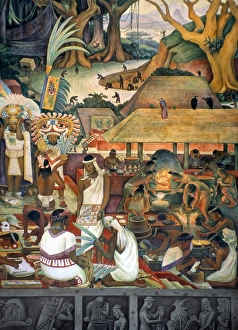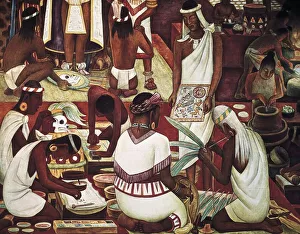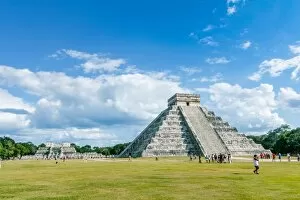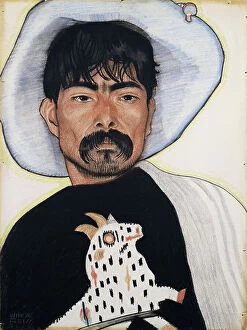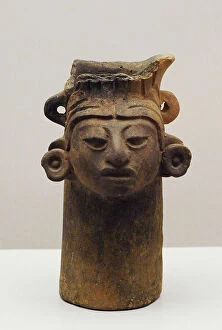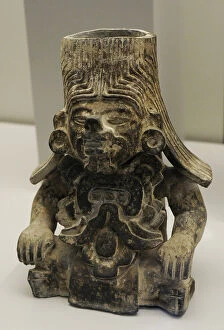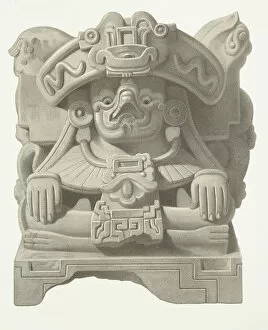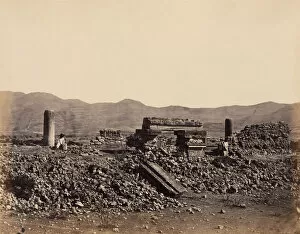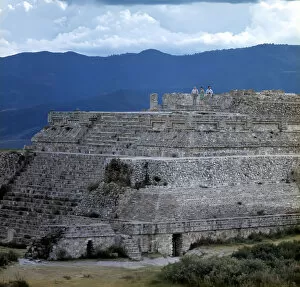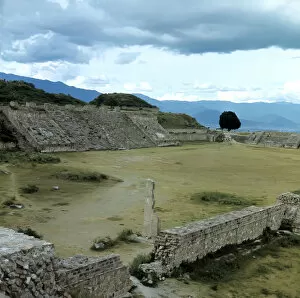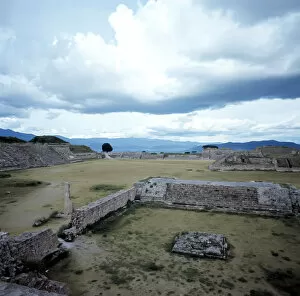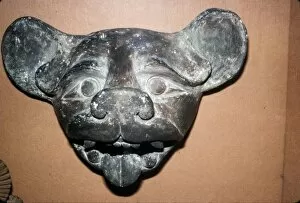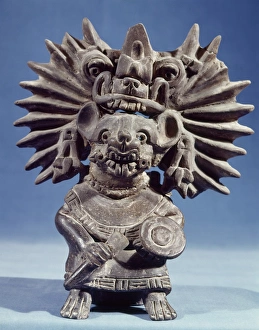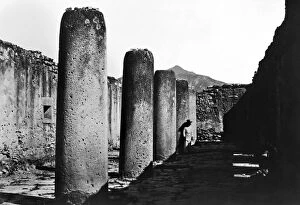Zapotec Collection
The Zapotec civilization, known for its rich cultural heritage and architectural marvels, has left an indelible mark on pre-Columbian life in Mexico
All Professionally Made to Order for Quick Shipping
The Zapotec civilization, known for its rich cultural heritage and architectural marvels, has left an indelible mark on pre-Columbian life in Mexico. Diego Rivera's mural at the Ministry of Public Education in Mexico City beautifully depicts the grandeur of this ancient civilization. The Temple of Kukulkan, also called El Castillo, stands tall as a testament to their architectural prowess. The Vienna Nahua manuscript showcases the intricate artistry and storytelling skills of the Zapotec people through lithographs. A stela with a fragment of a calendar reveals their advanced understanding of timekeeping and celestial movements. Exploring Mitla takes us back in time to witness the exquisite craftsmanship displayed on vases adorned with human heads and figures with feline traits. These ceramics reflect the artistic sensibilities that were deeply ingrained in Zapotec culture. Monte Alban, a UNESCO World Heritage site, offers breathtaking views from its central square and provides insights into how this civilization thrived centuries ago. The statuette of a scribe from the late Classic Period is evidence of their intellectual pursuits and dedication to record-keeping. One cannot overlook the stone idol depicting Cocijo, the Rain God - a symbol revered by the Zapotecs for fertility and agricultural abundance. This plate from Ancient Monuments of Mexico captures its magnificence perfectly. The legacy left behind by the Zapotec civilization continues to fascinate archaeologists, historians, and art enthusiasts alike. Their contributions have shaped Mexican history profoundly while leaving us captivated by their remarkable achievements across various fields such as art, architecture, astronomy, and spirituality.

